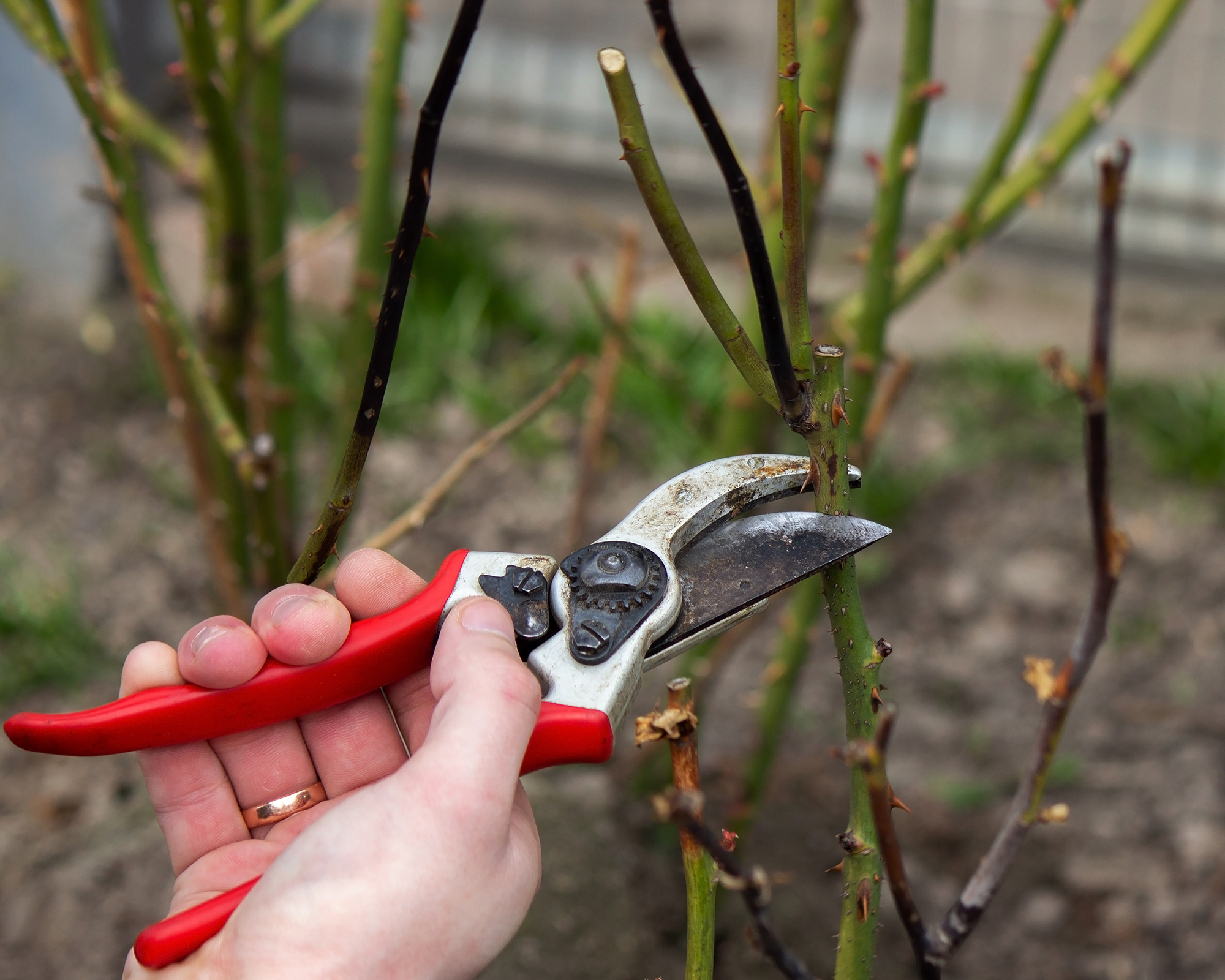Should You Cut Back Perennials In The Fall? – When To Tidy Up And When To Leave Plants Alone
It's tempting to prune plants during the fall garden cleanup, but is it the right thing to do? Discover whether to make the cut – or embrace the mess.

Melanie Griffiths

Whether to cut back perennials in the fall is an issue that stirs up a lot of debate among gardeners. While some lean toward a fall cleanup, others let nature take its course until spring. Really it depends on the specific plants in your garden, your local climate, and the wildlife you want to support.
Here’s a breakdown of how to handle your perennials, shrubs, and trees as winter approaches – plus, which plants you should prune in the fall.
Why Leave Some Perennials Untouched?
There are certain plants you should never prune in the fall. Many perennials, like coneflowers, Joe-Pye weed, black-eyed Susans, ornamental grasses, and sedums, offer food and shelter for birds and other wildlife through winter. Their seed heads provide vital nutrients for overwintering birds, while their foliage shelters insects and other small critters.
For these plants, it’s best to wait until early spring to prune, once birds have moved on and insects emerge. Not only will this approach support wildlife, but it will also add beauty to the winter landscape with frost-tipped seed heads and unique textures.

Which Plants Should You Prune in Spring?
Certain perennials thrive best when pruned in early spring rather than fall. Russian sage and azaleas, for instance, benefit from being left alone until warmer months.
Plants like forsythia and certain types of hydrangeas bloom on shoots formed the previous year or on old wood. Pruning them in the fall can eliminate next season’s blooms, so it’s best to wait until after they flower in spring.
By holding off on pruning these plants until after their bloom cycle, you’ll enjoy a more vibrant display with maximum flowers.
Sign up for the Gardening Know How newsletter today and receive a free copy of our e-book "How to Grow Delicious Tomatoes".

Plants with Structural Interest
Plants with interesting shapes, heights, or attractive seed heads add a unique architectural element to winter gardens. Tall perennials and ornamental grasses, with their bending stems and natural movement, can create a visually pleasing landscape during the colder months. Leaving these plants untouched provides aesthetic appeal and habitat for overwintering insects.
However, if the untidy look of spent foliage doesn’t appeal to you, it’s okay to selectively cut back a few plants. Consider leaving some sections untouched to strike a balance between tidiness and ecological benefit.
Cutting Back Diseased Plants
When it comes to disease-prone plants, pruning is a must. Any perennials showing signs of fungal diseases, powdery mildew, or other infections should be cut back and disposed of properly to prevent the disease from overwintering. Leaving diseased plants untouched allows pathogens to linger in the garden, reinfecting plants next season.
Use clean, sanitized tools to prevent the spread of disease, and bag up any diseased plant material rather than composting it.

Pruning Trees and Shrubs
Timing is key when it comes to pruning trees and shrubs. Ideally, this should be done from late fall to mid-winter when they enter dormancy. Pruning them too early in the fall can interfere with their growth cycle, leading to potential damage as they prepare for the colder months.
During dormancy, trees and shrubs handle pruning cuts more efficiently, reducing the risk of shock or disease. If branches are crossing, damaged, or dead, feel free to prune them during this dormancy period to keep the plant healthy and well-shaped come spring.
What About Herbs?
Herbs have their own set of rules when it comes to fall pruning. Hardy herbs like sage, thyme, and oregano benefit from removing dead wood, which allows for fresh growth in spring. However, more tender herbs, like lavender, are best left unpruned until you see new growth in spring.
Lavender can be sensitive to harsh pruning, so it’s better to let the plant rest through winter before trimming back in early spring. This approach keeps plants healthy and ready to flourish when the growing season begins again.

A Gardener's Perspective
Personally, I’m a fan of a neat garden, and in the past, I used to cut back all my flowering perennials every fall. But when I moved to a colder climate, I noticed that this approach often did more harm than good.
By leaving the plants to naturally fall over and decompose, I found that their decaying leaves offered a layer of insulation to protect roots during winter’s harshest months. In spring, these decayed leaves break down, enriching the soil with valuable nutrients.
If you’re like me and prefer a tidy space, try reserving just one part of your garden to leave undisturbed. A small patch of fallen leaves, uncut stems, and organic mulch can create an essential winter habitat for beneficial insects, like ladybugs and lacewings. This tiny ecosystem provides shelter for pollinators and other garden helpers that will emerge in spring to keep your garden thriving.

Amy Grant has been gardening for 30 years and writing for 15. A professional chef and caterer, Amy's area of expertise is culinary gardening.
- Melanie GriffithsEditor in Chief